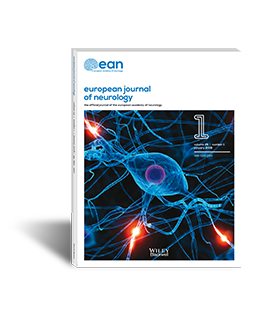Background and purpose
Continued care in patients with encephalitis and prolonged status epilepticus (SE) is controversial. Limited data are available on the functional and cognitive outcomes.
Methods
In a prospective cohort study from 2007 to 2016, patients with acute encephalitis and SE were reviewed. Long‐term outcomes including motor disability (modified Rankin Scale, mRS), daily living skills (activities of daily living, ADL), cognitive ability (modified Telephone Interview for Cognitive Status, TICS‐M) and epilepsy sequelae were evaluated in survivors at the 12‐month follow‐up.
Results
At the 12‐month follow‐up, 72 patients were recruited who got a median score of 14 on the total ADL. 68% patients remained independent in their daily activities (mRS ≤ 2). Post‐SE symptomatic epilepsy was observed in 49% of patients. Sixty‐two patients achieved a median score of 40 on the TICS‐M and 14 on the TICS‐M Memory. Patients with autoimmune encephalitis were less prone to post‐SE symptomatic epilepsy (18% vs. 58%, = 0.005) but had lower TICS‐M Memory score than those with viral encephalitis (8.5 vs. 15, = 0.017). Compared to non‐refractory status epilepticus (non‐RSE), patients with RSE had a longer stay in the neurocritical care unit (39 vs. 26, = 0.002), more in‐hospital complications and post‐SE symptomatic epilepsy (67% vs. 33%, = 0.005). Long‐term outcomes including ADL, mRS and TICS‐M were not significantly different between patients with RSE and non‐RSE or between patients with long (≥4 h) and short (<4 h) duration of SE.
Conclusions
Survival with favorable functional recovery was promising after prolonged RSE in patients with acute encephalitis.
